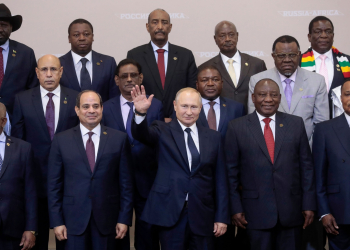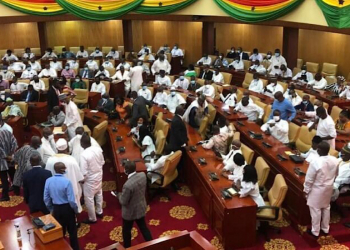Agric industry players are optimistic of a rebound in the growth of the sector for the rest of 2017.
Their optimism is premised on the massive growth in agric subsector between the first quarter of 2016 and the same period in 2017.
For the one year period, the agric sector growth almost tripled, from 2.8 percent to 7.6 percent.
Generally, the agric sector’s contribution to GDP has seen a continuous decline of about 13 percent up until last year when it began recording some marginal increase.
The sector’s growth declined massively from about 32 to 19 percent as at September 2015.
But for the first quarter of this year, the agric subsector grew by 7.6 percent representing over 170 percent rise from the 2.8 percent recorded in 2016.
The General Agricultural Workers’ Union (GAWU) attributes the overall growth to renewed investor confidence and favourable weather conditions for the first quarter of 2017.
According to the Ghana Statistical Service, agric’s massive growth was largely driven by the fishing sub-sector whose growth went up from a negative 4 percent to as much as 32 percent.
This however comes at a time that fishermen have complained bitterly about dwindling fortunes of the fishing industry citing impact of galamsey activities and the oil exploration in the Western region.
The General Secretary of GAWU, Edward Kareweh describes the growth as phenomenal but believes more need to be done to ascertain the growth despite the impact of the favourable weather pattern.
“Fishing also has been a seasonal activity; it is not something that one can dictate its growth particularly when we talk about natural fishing. But if the growth is being influenced by fish rearing then that can be sustainable,”
“We need to find out whether this growth has been driven by the interventions such as investments in tilapia or any other fish farming,” he added.
Aside the growth in the fisheries subsector, cocoa also went up by 62 percent from the 2.9 to 4.7 percent.
Meanwhile the livestock such as cattle, sheep, goats as well as forestry and logging subsectors, declined in growth of about 24 and 5 percent respectively between the first quarter of 2016 and the same period this year.
The NPP administration has among others introduced new mechanisms to drive the growth of the agric sector including the planting for food and jobs as well as the fifty percent slash in the prices of fertilizers.
Economist, Dr. Ebo Turkson tells Citi Business News such interventions would take time to transform the growth of agriculture in Ghana.
“There are a lot of initiatives that are being pursued now but then these would take some time to have an impact on output for us to observe the change that has been recorded as a result of these policies,” he asserted.
For Mr. Edward Kareweh of GAWU, the positive growth should continue should the country be able to avert challenges such as army worm invasion coupled with a favourable rainfall pattern.
“If we do not face another disaster, we may end up even having an increase in agric production later this year. But like I have indicated, the natural factors also play a heavy role in agricultural production.”
Join GhanaStar.com to receive daily email alerts of breaking news in Ghana. GhanaStar.com is your source for all Ghana News. Get the latest Ghana news, breaking news, sports, politics, entertainment and more about Ghana, Africa and beyond.
(Via: CitiFM Online Ghana)




